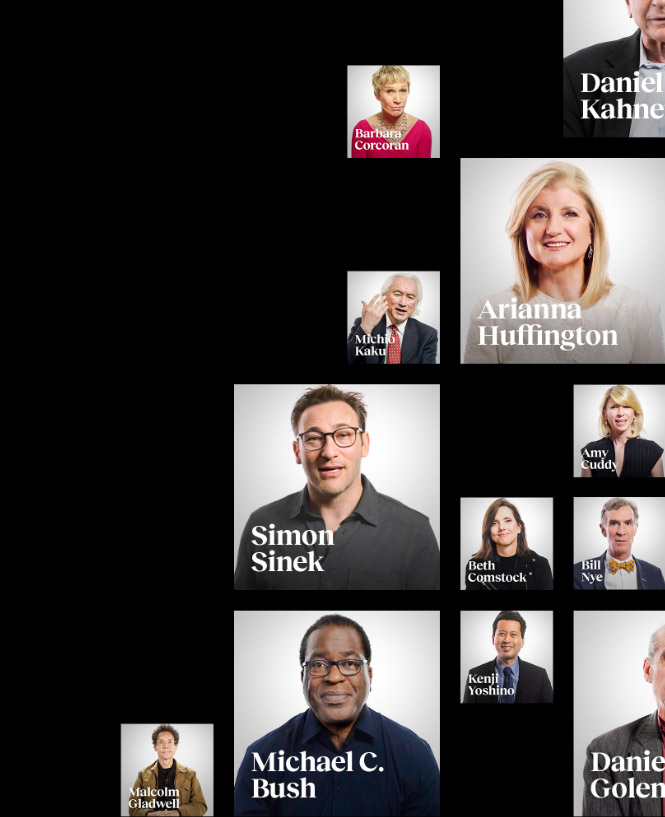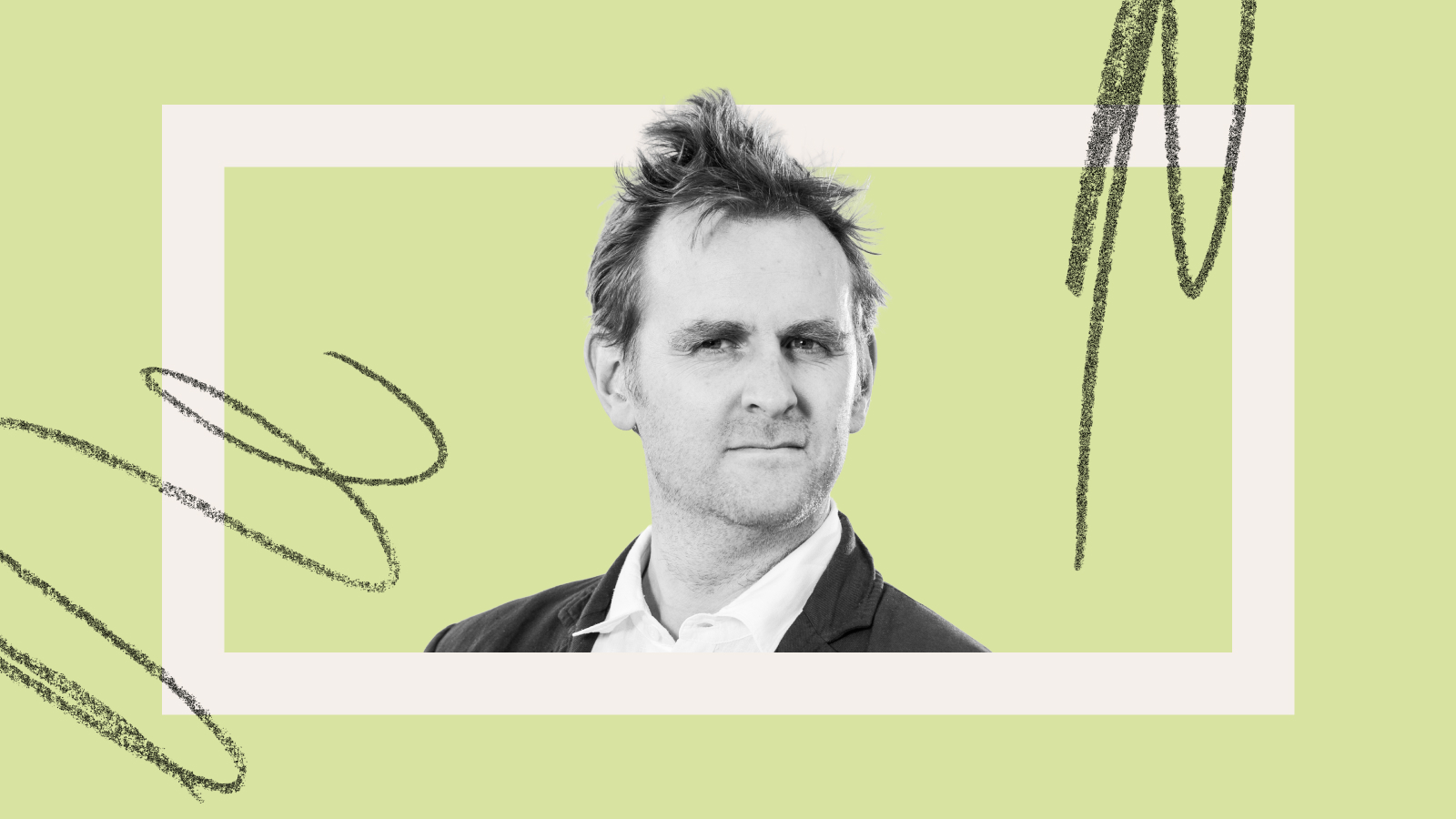Want the secret to stunning presentations? Ask Hollywood legend Francis Ford Coppola

- Francis Ford Coppola — director of classic movies including The Godfather — has stressed the importance of great openings and even greater endings.
- This creative formula is strongly related to the “primacy/recency effect” observed in organizational psychology studies.
- When giving a speech or presentation “starting with a punch and ending with a bang is essential packaging.”
In 2022, I watched an interview on CNN with the legendary Hollywood film director Francis Ford Coppola, whose vast screen accomplishments include The Godfather, a movie many consider the greatest of all time. So, when Coppola agrees to sit down and discuss his views on storytelling, I drop everything and listen with rapt attention.
Fareed Zakaria, host of the CNN special series Extraordinary, asked him if he had a formula for making movies.
Look and decide what’s the best thing you have, the second-best thing, and the third-best thing. Take the best thing you have and make it the ending of the movie, and take the second-best thing and make it the beginning of the movie and the third thing put in between those two.
I always thought that was really clever because of course what you see at the beginning of the movie you want to win the audience to you in that first scene, but that’s not as important as what you want to do at the end of the movie when you want to have them leave with something wonderful because then they’ll tell all their friends to go see the movie.
Coppola was talking about storytelling, but that strategy applies to many fields of endeavor. One of America’s most revered chefs and celebrated restaurateurs (The French Laundry, Per Se, Bouchon), Thomas Keller, firmly believes that “the most important moments of the meal are the first five minutes and the last five minutes.”

When you leave a Broadway musical, odds are the melody you’ll be humming or lyrics you’ll be singing are from the high-energy, closing number, the last part of which is called the coda. David Yazbek, a Tony Award–winning composer, says starting off with a bang is important, but how you conclude matters every bit as much.
“The coda is what sticks with people, what they will remember, and what will trigger their memories of what’s been communicated in the piece.”
This concept has been validated in organizational psychology studies that show that a key reason why audiences retain information has to do with where you position the information. Nineteenth-century psychologist Hermann Ebbinghaus conducted experiments on memory and concluded that information presented at the beginning and end of a learning episode tends to be retained better than information presented in the middle. This is called the primacy/recency effect, a theory that, if it had been presented to Coppola, would have been “an offer he couldn’t” refute, as the Godfather, Don Corleone, might have said.

This primacy/recency effect is a mindset you should always embrace when you are preparing to give a speech or presentation. Starting with a punch and ending with a bang is essential packaging to any form of communication. In 2024, when President Joe Biden badly stumbled verbally in the first debate of the presidential campaign, perhaps his most notable deficiency was his inability to finish his thoughts and complete his sentences. You can dazzle audiences with the most poignant and articulate thought, but if the wheels come off in the homestretch of your point and you careen wildly across the finish line, that’s all people are going to remember. Your earlier gem is now just a worthless stone.
Nineteenth-century psychologist Hermann Ebbinghaus conducted experiments on memory and concluded that information presented at the beginning and end of a learning episode tends to be retained better than information presented in the middle.
Research into the recency effect suggests that retention of information is strongest with regard to the last thing you say. The primacy effect tends to be strongest when it comes to making value judgments about the speaker, not the least of which is “Do I like this person?”
Considering the importance of the start and the finish, we were curious how many people devote time to meticulously planning both, whether that’s the beginning and end of the entire presentation, or the top and bottom you give to each and every slide in your deck. In our survey, more people responded “never” or “rarely” more than they replied “frequently.”





